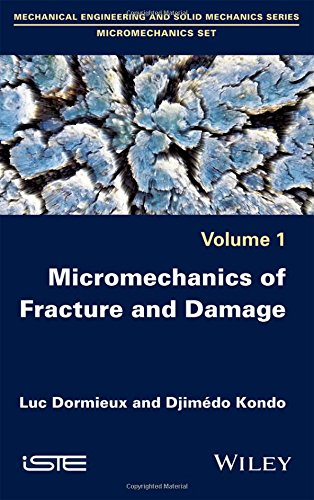

Most ebook files are in PDF format, so you can easily read them using various software such as Foxit Reader or directly on the Google Chrome browser.
Some ebook files are released by publishers in other formats such as .awz, .mobi, .epub, .fb2, etc. You may need to install specific software to read these formats on mobile/PC, such as Calibre.
Please read the tutorial at this link: https://ebookbell.com/faq
We offer FREE conversion to the popular formats you request; however, this may take some time. Therefore, right after payment, please email us, and we will try to provide the service as quickly as possible.
For some exceptional file formats or broken links (if any), please refrain from opening any disputes. Instead, email us first, and we will try to assist within a maximum of 6 hours.
EbookBell Team

0.0
0 reviewsThis book deals with the mechanics and physics of fractures at various scales. Based on advanced continuum mechanics of heterogeneous media, it develops a rigorous mathematical framework for single macrocrack problems as well as for the effective properties of microcracked materials. In both cases, two geometrical models of cracks are examined and discussed: the idealized representation of the crack as two parallel faces (the Griffith crack model), and the representation of a crack as a flat elliptic or ellipsoidal cavity (the Eshelby inhomogeneity problem).
The book is composed of two parts:
- The first part deals with solutions to 2D and 3D problems involving a single crack in linear elasticity. Elementary solutions of cracks problems in the different modes are fully worked. Various mathematical techniques are presented, including Neuber-Papkovitch displacement potentials, complex analysis with conformal mapping and Eshelby-based solutions.
- The second part is devoted to continuum micromechanics approaches of microcracked materials in relation to methods and results presented in the first part. Various estimates and bounds of the effective elastic properties are presented. They are considered for the formulation and application of continuum micromechanics-based damage models.